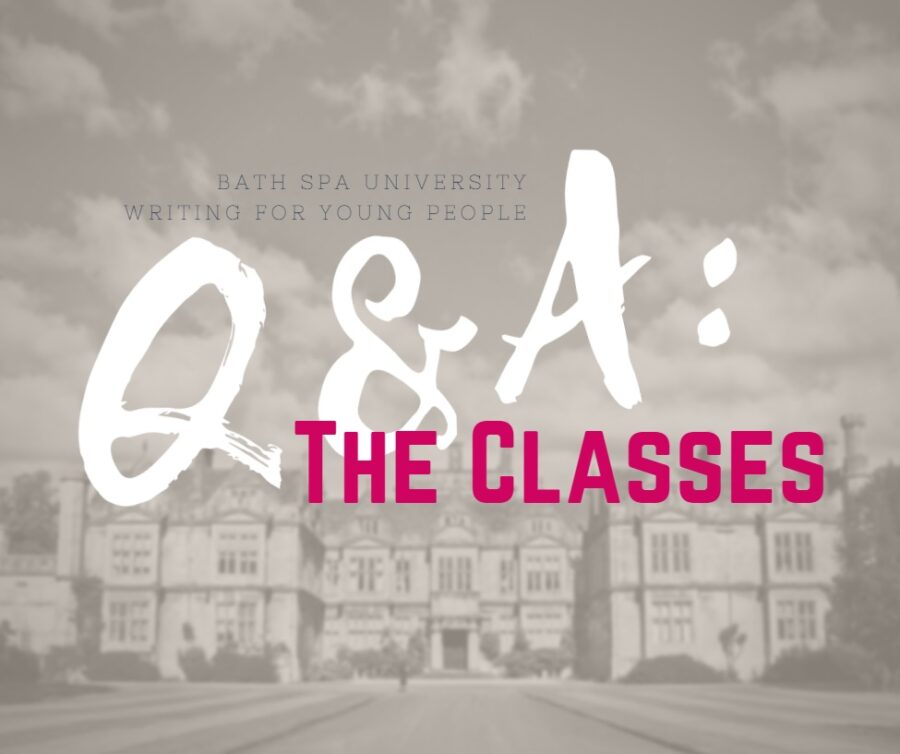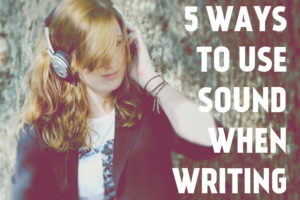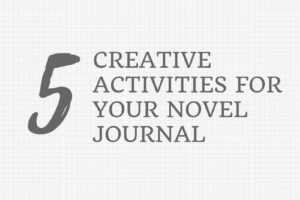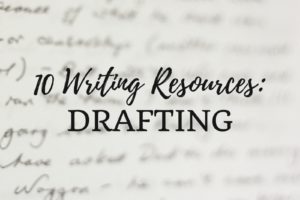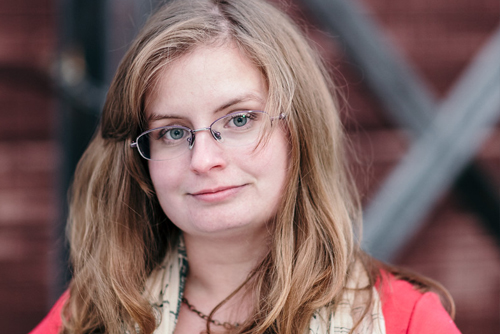It’s round two of my Q&A session about Bath Spa University’s Master of Arts in Writing for Young People. This section is about the classes (or, in British-speak, “modules”) and what to expect during the first two terms of the course. Enjoy!
You can see more posts in the series under the Q&A tag!
As always, you can reach out with more questions by contacting me at: alyssamhollingsworth [at] gmail [dot] com
A thousand disclaimers: I only have my experience of the Writing for Young People course to draw from (class of 2014). I’m not a member of staff and can never hope to be as informed as the infallible Julia Green. Everything is my own opinion and may or may not be influenced by my personal preferences, the amount of candy I’ve had today, or the number of likes my latest corgi video got on Facebook. Extra disclaimer: Please note the date of this post. Since 2016, a lot of faculty turnover and program changes have taken place. My experience may or may not reflect the MA as it is today.
Q&A – The Classes:
1. Did you feel challenged by the modules and the content and exercises, or feel that you gained a lot from them?
2. Did you feel that you achieved a thorough knowledge of children’s literature and of how to write for children?
3. Some of this sounds like it is a bit basic or like a very fundamental overview; did you find this to be the case?
4. When you studied picture books in the first module, how much time did you spend on them, and were you taught the specific form of how to write a picture book?
5. Is there a picture book author or expert on the faculty?
6. Would you say that someone who wants to focus strictly on the “young” side of “writing for young people” would have enough opportunity to do that as part of the course?
7. In terms of the modules, did you read a lot of children’s/YA books as part of the assigned work?
8. Did you feel like you still received a solid education in writing craft through the classes?
9. Were you assigned or did you read craft books as part of the course?
10. Was the publishing module useful?
11. What sort of homework was there during the context modules, beyond preparing your own work for workshops and reading your classmates’ work for critique?
12. I have a sense that this first half of the course is quite directive rather than self-directed — was this the case?
13. Were there opportunities to self-direct or to focus on specific things you were especially interested in working on?
10. Was the publishing module useful?
1. Did you feel challenged by the modules and the content and exercises, or feel that you gained a lot from them?
I did feel challenged! The context modules (Forms, Ages and Stages and Contemporary Children’s Publishing) informed me tremendously about the book industry — both the writing/storytelling side (reading different age ranges and discussing what was done well and what wasn’t) and the publishing side (queries, book reviews, blads, synopses, etc). I came out feeling more well-rounded as a writer, and more informed as a professional.
2. Did you feel that you achieved a thorough knowledge of children’s literature and of how to write for children?
Yes! I went in with a fairly good idea of and love for children’s fiction, but I learned so much. I read books differently now. I can analyze structure, voice, and theme quickly and thoroughly. I know how to articulate weaknesses in my own writing and others’, and I know how to find solutions. I learned so many technical things, but without it diminishing my love for writing or for this kind of fiction.
3. The course involves two context modules, including one that is an overview of various genres (you mentioned that they involve doing some writing prompts or exercises in class). Some of this sounds like it is a bit basic or like a very fundamental overview; did you find this to be the case?
I came into the course having already written (I think) four full manuscripts, several of which went through massive editing processes. I also read about 50-100 books a year, even as an undergraduate, and most of those are YA/MG. So I had a pretty solid idea of how to craft stories, how to read stories, and what I liked in YA/MG literature.
In the first context module (Forms, Ages and Stages), I found out I didn’t know a lot about the genres I’d been reading my whole life. Especially younger literature — I did not appreciate how difficult and stunning writing for younger audiences really is. There was a lot of ignorance in my writing craft and in my reading skills, despite the 20-odd years I’ve been using both, and the course did a great job of strengthening those gaps.
I think that whatever you bring to the class, the tutors will challenge and grow it.
4. When you studied picture books in the first module, how much time did you spend on them, and were you taught the specific form of how to write a picture book?
We spent two or three class periods looking at picture books, and several workshops critiquing classmates’ works. The final project in Forms, Ages and Stages includes writing a picture book (regardless of what age or genre you want to write in eventually). It’s worth noting that visiting authors and agents also do talks about picture books — specifically I remember a one or two hour lecture given by Nicola Davies, a well-known picture book writer in the UK. (Her book, The Promise, is amazing and I think can be found in Barnes and Noble.)
We were required to write our picture book text according to specifications based on the age of our audience, and in the proper format required to submit to a publisher.
5. Is there a picture book author or expert on the faculty?
Nicola Davies is technically a distant member of staff (I’m not sure that she tutors anymore, but she is closely affiliated with the program). Janine Amos (the tutor teaches Forms, Ages and Stages and Contemporary Children’s Publishing) is a picture book writer with several books published. I know Julia Green writes for younger readers, but off the top of my head I don’t remember if she writes picture books.
6. Would you say that someone who wants to focus strictly on the “young” side of “writing for young people” would have enough opportunity to do that as part of the course?
Well, first, I would encourage you to be open to experimenting a little. I came in dead set on YA fantasy and now it looks like my debut will be a MG contemporary. My friend Sarah Driver also came in thinking she was YA and found her niche in MG. Trying out genres and age ranges that are more difficult or “alien” to you is a fabulous exercise as a writer.
That being said, when tutors encourage you to try another age or genre, the most they expect is probably one or two workshopped pieces that first semester. That’s not an enormous commitment in the scheme of things, and you shouldn’t be forced to put it in a portfolio.
Do keep in mind that you will be reading pieces by your fellow students from all range of genres and ages. Again, I’ve found it really useful to examine these different types of writing for young people, and it has helped me learn more about what I love in storytelling and what I need to do better at.
7. In terms of the modules, did you read a lot of children’s/YA books as part of the assigned work?
If memory serves right, we had one book assigned every week for Forms, Ages and Stages. However, we were expected to bring in one to three books of a similar genre to discuss (bonus points if we also read those during the week, though we were allowed to bring in relevant books from our childhood). Janine Amos expected us to read outside of class. She often began the lecture by making us summarize our readings and what we thought of them from a children’s writer perspective. The same happened in our workshop modules (and your classmates knew if you just talked about the same book again!).
In the publishing module, in addition to expecting us to read novels, there was a greater emphasis on reading newly released work and on keeping up with the publishing industry. Every week, we brought in and shared news about something happening in the industry — whether a publishing house merger, a publicity stunt for a book, or a discussion happening in the blogsphere.
8. Did you feel like you still received a solid education in writing craft through the classes?
I do feel like I received a solid education in writing craft. Before I went to BSU, no one had ever told me that I often don’t write emotions into my scenes. I had no idea this was one of my biggest weaknesses. My tutors really pushed me to develop that part of writing (as well as my crutch use of passive voice, and other bad writing habits I had developed).
9. Were you assigned or did you read craft books as part of the course?
We were given resources in class to help us develop characters and scenes and arguments… I feel like we did also get specific writing craft handouts, but to be honest I don’t remember clearly. We didn’t have a craft book as part of the course, but my classmates and I would often share books or blog posts that we found useful (Into the Woods is one I enjoy, and I have some favorite lectures/blog guides that I refer to constantly now).
Guest speakers also cover the craft side of storytelling — David Almond loves talking about the Writer’s Journal and how to use it, and a screenwriter from Hollywood went over Save the Cat.
10. Was the publishing module useful?
Yes! The publishing course will push you to think about your craft in an articulated and clear way. Knowing who exactly your audience is, how to talk about your book, and how to talk about yourself forces you to be intentional about your storytelling. It is far easier for me to summarize my post-course works of fiction than it was for me before, just because I know how to do it.
11. What sort of homework was there during the context modules, beyond preparing your own work for workshops and reading your classmates’ work for critique?
In addition to our workshopped pieces, during that context modules we were also expected to write a long essay as part of our final portfolio. I think the topic in Forms, Ages and Stages was something about an issue in children’s fiction — I don’t remember clearly, I just know I wrote about the way fairytales (and fairytale retellings) embody the journey into and out of adolescence.
In the publishing classmodule, we had more steady homework, with pieces due almost every week — sometimes they were readers’ reports on a manuscript (written as if we were turning it in to the publisher for review), sometimes blads, sometimes synopsis or back cover blurbs, etc… This was so that at the end of the module, we had a portfolio of publishing material essentially ready to go. We would also be given more fun assignments, like going to a bookshop to find the spot on the shelf your book would sit (and seeing what sits around it), and researching publishing house lists to see which might be interested in your book. The essay component of your portfolio had to be about something happening in the publishing industry — I contacted Marissa Meyer and her publicist at Macmillan to interview them about their social media marketing/street team work.
12. I have a sense that this first half of the course is quite directive rather than self-directed — was this the case?
All of the course is more self-directed than (my experience of) U.S. schools. You are told basically what you should do, but left to fend for yourself during the week. You get out of it as much as you put in.
13. Were there opportunities to self-direct or to focus on specific things you were especially interested in working on? Or were you expected to pretty strictly follow the structure of the modules and complete assignments that were given to you?
The only thing (that I remember clearly, at least) that you have to do in that first semester is write a picture book (and essay). I don’t remember if it was required to be part of your final portfolio for the context module, but it is required nonetheless.
Otherwise, you’re more or less free to experiment or focus as it pleases you. Most of the prompts and in-class activities will be in some way applicable to your project, if you want it to be — or you can use it to just blow off creative steam. I would say the structure is guided enough that people needing a stricter hand don’t flounder, but loose enough that people who come in pretty determined will have the freedom they need to focus where they want.
The workshops are a bit more go-with-the-flow (Lucy Christopher would sometimes build our instructional workshop time around themes she found in our writing, for instance) and the context modules are a tad more rigid. The most independent study time is during the tutorial, where you are only meeting with a tutor on the dates you specified. (More about that in the next post!)
Tune in for more soon! Feel free to leave a comment with a question about the classes in BSU’s Writing for Young People program (or, if you’re an alumnus, dispute my claims!).

